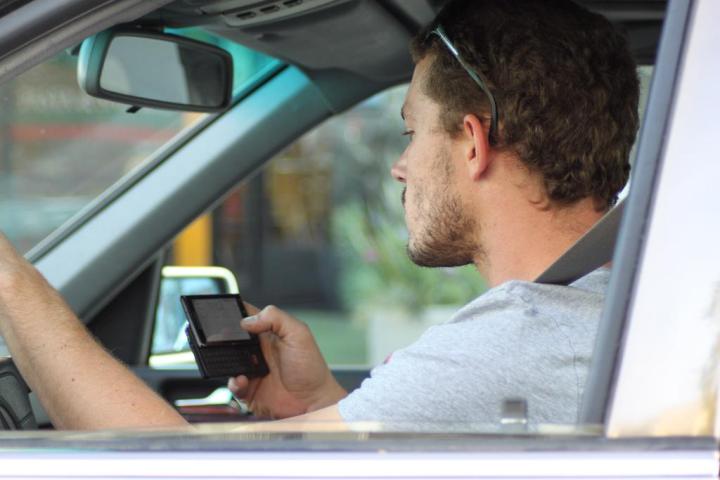
While texting and sending emails are still the most popular multi-tasking activities at 61 percent and 33 percent respectively, social media is quickly catching up. In fact, 27 percent of drivers report checking Facebook, 14 percent admit to tweeting, another 14 percent to using Instagram (can you really pick the best filter while you’re driving?), and 11 percent to checking Snapchat. Worse, 17 percent have taken selfies while driving and another 10 percent engage in some sort of video chat, be it via Skype, FaceTime, or who knows what else.
And if those statistics aren’t terrifying enough, the study also revealed that 62 percent of drivers keep their smartphones within reach while on the road because apparently, getting safely from point A to point B is less important than answering that call, text, or Facebook message. Moreover, 30 percent of Twitter users said they tweeted “all the time” while driving, and 22 percent of those who visit various social media channels say they’re addicted to the connectivity and simply can’t tear themselves away, even to operate heavy machinery. And in a bizarre display of overinflated self-confidence, 27 percent of people who use their phone to film from behind the wheel actually believe they’re practicing safe driving tactics.
This alarming survey, conducted as part of AT&T’s “It Can Wait” campaign, aims to highlight the dangers of using phones while behind the wheel. In partnership with Twitter, the telecommunications giant is trying to raise awareness about the very real issues that drivers face, either as a direct consequence of their own smartphone use or as an indirect consequence of someone else’s irresponsible driving habits.
Don’t text and drive, kids. But also don’t Facebook, Tweet, Instagram, Snapchat, Skype, or film and drive either.
Editors' Recommendations
- I used a new type of smartphone that could replace Android
- I used Samsung’s next big smartphone update. Here’s why I love it
- The best smartphone case brands in 2023: the 20 best ones
- What is vapor cooling? The fascinating tech keeping your smartphone cool
- My favorite Z Fold 3 feature? Using it as a ‘normal’ smartphone


